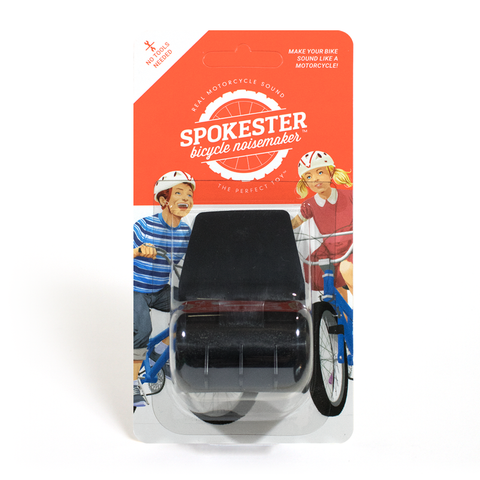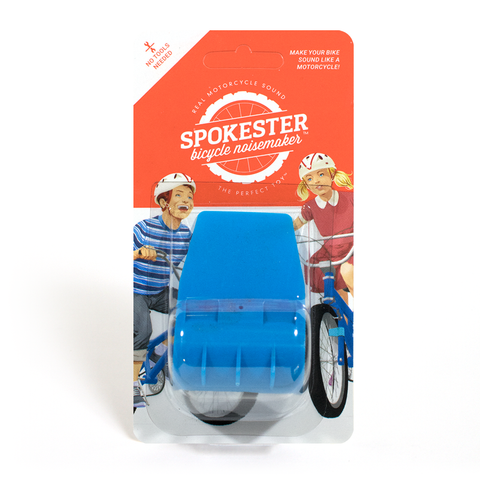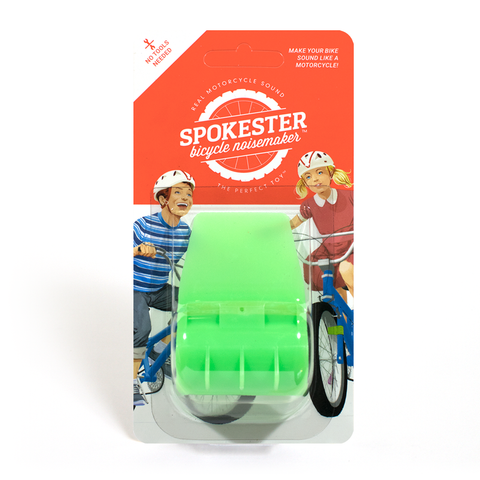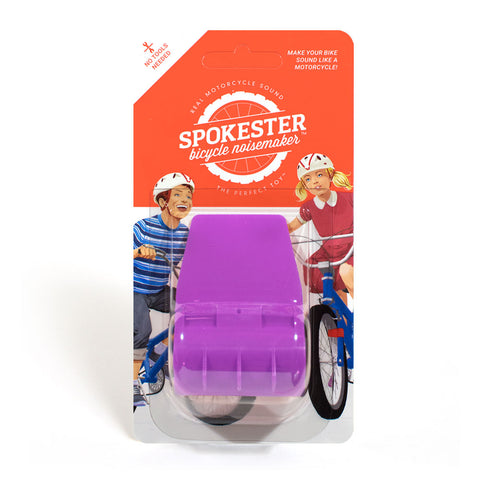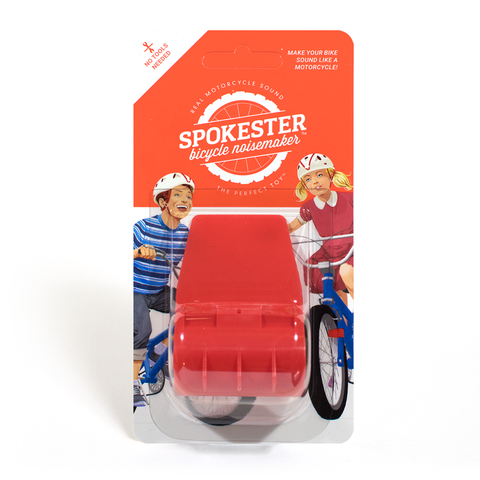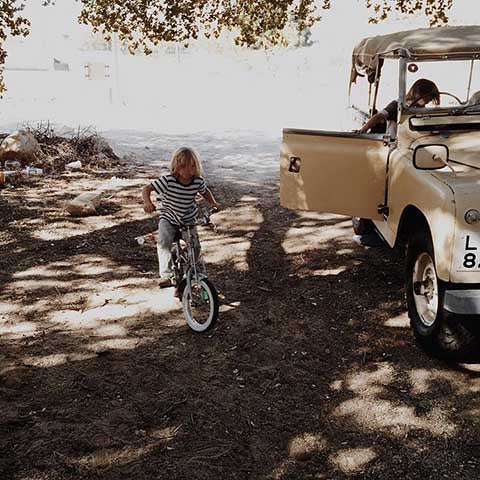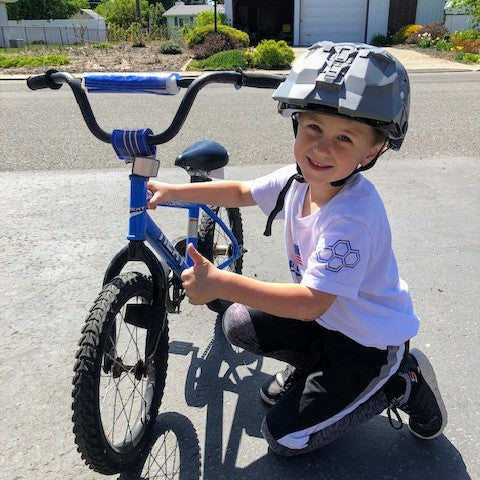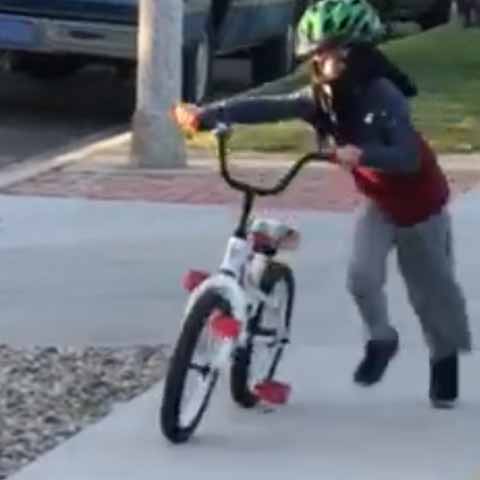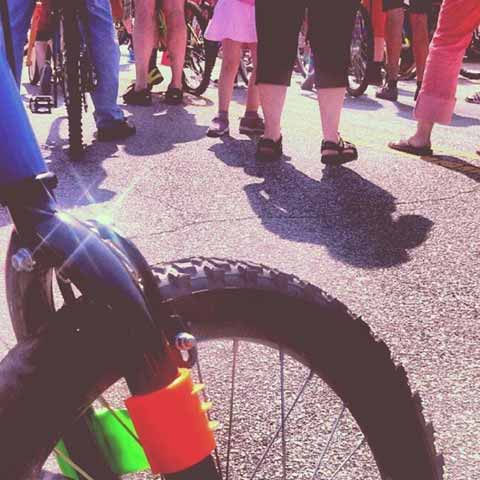How to Recycle Your Child's Old Bicycle
Now that the holidays have ended and the new year has started, it's the perfect time to get your space uncluttered and organize for 2017. Let's start by getting rid of your child's old bicycle taking up space in the garage. Don't just throw it out in the trash or chuck it into a dumpster, instead properly dispose of the old bike by donating it to a charitable cause.
In this article, you will find a number of suggestions to make your donation painless and maybe even a little rewarding. Donating to charities not only gives you that fuzzy feeling inside but also can make you feel richer than you are!
Bikes for the World
Bikes for the World is a nonprofit charity organization and group of volunteers that collect your old, unwanted, and used bicycles, bike parts, and bicycle repair tools (as well as portable, operating sewing machines) for delivery specifically to other community organizers and initiatives in the developing world. Everything they receive is then redistributed accordingly, and the materials are used to provide employment and teach basic job skills elsewhere.
The bicycles, either donated in working condition or repaired by the organization's affiliates, are provided to those in need, whether they are students, day laborers, farmers, teachers, small business owners, or anyone else who needs reliable and affordable transportation. The bikes are either offered for free, at an affordable price, or on credit, which is most often the case. All this to say their basic mission is to provide access to transportation to lower income people by offering affordably priced bicycles.
Founded in 2005 by Keith Oberg as an offshoot of the Washington Area Bicyclist Association, the organization has grown into the nation's biggest bike recycling program. Oberg's creation has helped to provide relief to people from as close to home as Rockville, Maryland, and as far away as Sri Lanka, Costa Rica, Panama, and Ghana, to name a few. If you donate your child's old, unused bicycles to this organization, it could be used to teach someone basic bike mechanic skills. This helps develop marketable job skills for the mechanic. Then the bike itself may be gifted to a teacher in Panama who is now able to cycle to her morning class.
So how do you donate to Bikes for the World? If you live in or near Maryland, you can keep an eye on the Collection Schedule. On Sunday, February 12, 2017, you can take your donation to the Stop Swap and Save at Carroll County Agricultural Center between 9 a.m. and 2 p.m. If that is a little too soon for you, try taking your bicycle, bike parts, or bike accessories to the Carroll Creek Rotary Club at Triangle Motors from 9 a.m. to 1 p.m. on Saturday, April 22. On Saturday, April 29 the Otterbein United Methodist Church will be collecting bicycles from 9 a.m. to 12 p.m. Contact information for the organizers is available on the website.
Bicycle collections will keep on rain or shine. Bikes for the World organizers also suggest bringing a $10 donation per bike to help them complete their mission of supplying reused bicycles to families overseas. They will provide you with a receipt for all material and cash donations so that you may receive a tax deduction.
Say you do not live in Maryland and wish to donate your bicycle to Bikes for the World—well, there are drop-off locations in Arlington, Virginia, Chicago, Boston, Durham, North Carolina, Westchester County, New York, and the Hanahan area of Charleston, South Carolina. A network of volunteers run bicycle drop-offs at their homes and can be personally contacted to schedule a donation appointment. Options for donating to the good people of Bikes for the World does not stop there. If you do not see a convenient drop-off location on the list provided, contact the headquarters by phone at 703-740-7856 or by email at office@bikesfortheworld.org, and they may be able to put you in touch with an unlisted volunteer near you.
Host a collection event
You may be an active member of your child's PTA or involved with a youth organization, sports team, or after-school program, in which case, Bikes for the World suggests hosting a bicycle collection event. A collection is a one-time occasion, sponsored by you and your affiliated organization, typically held on a Saturday or Sunday morning in either spring or fall. These times make it more convenient for people to participate. According to their website, "a well-publicized collection can easily net 50 to 150 bicycles."
Bikes for the World also offers in-class teaching tools to show children how to repair their own bicycles and teach them early on about humanitarian efforts. You may be inspired to host a whole fundraising event that partners the organization with your child's school. Why not use this as an opportunity to teach your children a lesson about caring for people and giving back to those less fortunate through charity? Set a positive example for your children, grandchildren, nieces and nephews.
Giving away that used bicycle helps you be part of something bigger than yourself, it connects you to other people in other parts of the world. Check out the Bikes for the World website to see updates about on their worldwide projects, overseas initiatives, and the people and places you are helping.
Other donation options
Yellow Bike Project
Maybe you would like to bring donating a little closer to home. If you have the time, do a quick search to see if there is a local organization that accepts bicycle donations. In Austin, Texas, for example, there is the Austin Yellow Bike Project. YBP is a volunteer run non-profit organization with the mission of putting more bicycles on the streets of Austin and in other Central Texas towns. They accomplish this goal by running community bicycle shops, offering bicycle maintenance and repair classes, and generally advocating for bicycles and cycling.
Anyone is free to use their fully loaded shop to fix his or her bicycle, and they offer lessons and used parts, frames, and ready-to-ride bikes. They ask that any time you spend using their facilities is, in turn, paid off by volunteering at the shop, this keeps the community spirit moving and the bicycle knowledge flowing. YBP also offers the Adult Mechanics class, covering flats, gears, bearings, brakes, and wheel truing, as well as children's programs.
If you live in Central Texas and would like to donate your bicycle to the Yellow Bike Project or if you are simply interested in the mission YBP has embarked upon, you can contact them by email at austinyellowbike@gmail.com or by phone at 512-524-5299. They may even be able to put you in contact with a bicycle donation program or organization in your city.
The Salvation Army
Every town is different but your community is sure to have a nearby Salvation Army. Salvation Army is a household name, but the reason for this is their continued commitment to charity across the world. Catherine and William Booth founded the organization over 150 years ago in London with the goal of bringing salvation to the poor and starving.
Many years later, the organization exists in 127 countries, operating thrift stores, homeless shelters, and offering disaster and humanitarian aid. They are able to fund their aid through direct monetary donation and the sale of donated goods through their Family Stores. One of their 7,546 centers is likely within 10 miles of your home and is always accepting your donations, especially bicycles, of which have a higher than average sale value. If by chance you are unable to transport the bicycle to a Family Store, their website and phone line allow you to schedule donation pick-ups according to your schedule.
Goodwill
As familiar as the Salvation Army is the Goodwill Industries International, Inc. Goodwill got its start in Boston in 1902 thanks to the late Reverend Edgar Helms. He would hire the poor to repair and mend second-hand clothes and household goods that he collected from rich neighborhoods in his city. In recent years, the organization has expanded to include higher end retail boutiques, “trunk shows,” and store that appeal more to young people. They currently employ over 100,000 workers to labor in their retail and outlet stores.
According to their donation doctrine, “When you donate your stuff to Goodwill, you create opportunities for individuals in your community looking to find a job and build skills.” The Goodwill organization provides jobs to those who need it most, including single mothers and veterans. You can use the online locator to find the Donation Site nearest you. If you have more than one bicycle, Goodwill also offers donation pick up services, of which you must call to schedule.
When you drop off your bicycle at Goodwill, you will receive a receipt of your donation. Keep this receipt until tax time and you will receive a tax deduction. The US Internal Revenue Service asks the value of each donation, whether it is money or property, from the year, so you will need to be able to set a value to your bicycle. There are some convenient online donation valuation calculators you can use to do this. Goodwill and CharityDeductions.com have also partnered so that you can keep track of all the year's donated items, for all you dominating donors out there.
There are many ways to donate your old bicycles, ranging from just starting out, local organizations like the Yellow Bike Project to the ever familiar, decades-old Salvation Army. The good news is you cannot go wrong. Donating is a great way to support charities and keep usable commodities out of landfills. Congratulations on the new bicycle and good luck with your donation!
← Older post Newer post →
